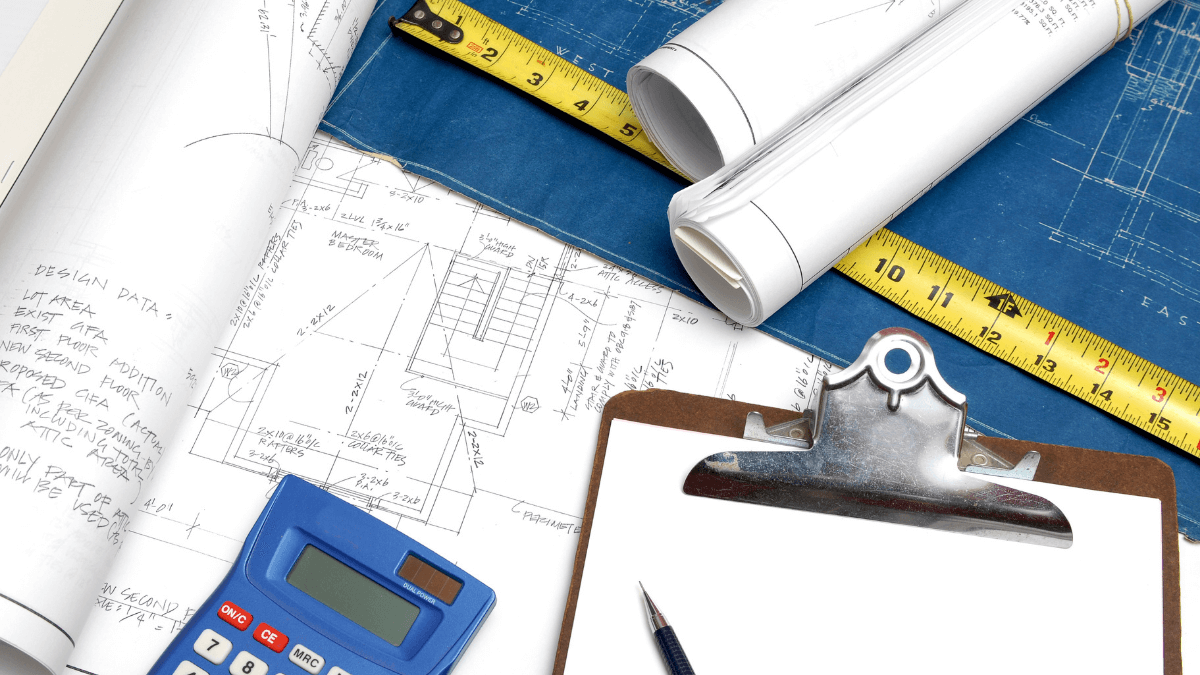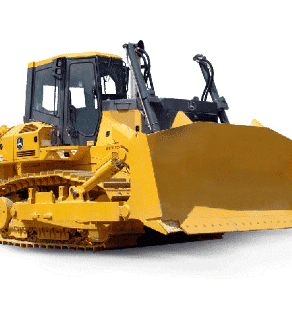Cost reporting in construction is a vital part of not only initial project planning, but ensuring that an entire initiative stays on track.
The process helps to protect against cost overruns and provides a fallback position in the event of milestone delays.
Moreover, cost reporting encourages a big-picture view of the project and helps to support responsible risk analysis.
It provides an overview of the major portions of the project and can offer opportunities to spot and repair inefficiencies.
Taking the time to create a strong construction cost report in advance of the rest of the project is part of ensuring good communication and a strong workflow.
In this article...
What Is a Construction Cost Report?
A construction cost report is a document discussing several different financial aspects of a project.
The project manager, stakeholders, and other interested parties use construction cost reports to measure how the project is progressing from a fiscal point of view.
Typically, more than one construction cost report will be made over the course of a project, either monthly, quarterly, or on demand.
The process of collecting information for and issuing these documents is referred to as construction cost reporting.

The scope of a construction cost report can include many items, depending on the contract, but primarily, it reflects the revenue and cost aspects of the project.
These reports might also include information about legal agreements with subcontractors, such as those providing concrete, electrical, or surveying work.
Initial reports might also discuss taxes, payroll costs, insurance agreements, cleanup-related payouts, and permit fees.
Cost reports show financial data in monthly, weekly, and even daily summaries. These provide all the parties involved with insights into the financial health of the project and the related trends.
They can help illuminate areas for cost cutting.
Not only is the information contained in a construction cost report crucial for a present project, it is also useful for predicting costs while planning similar projects.
Why Is Cost Reporting in Construction Important?
Construction cost reports create a data chain of budgetary concerns, transactions, and adjustments.
They are especially useful for transparency and can help in proving regulatory compliance.
With each cost report, everyone involved in a project not only receives an update on the financial status of the project, they also ensure that each person is looking at the same numbers.
Depending on the level of detail, construction cost reports can help decision makers assess risk, adjust expenses, and track various details of the project.
They are vital to balancing contingency plans with scaling.
Here are other forms of analysis construction that cost reports can provide:
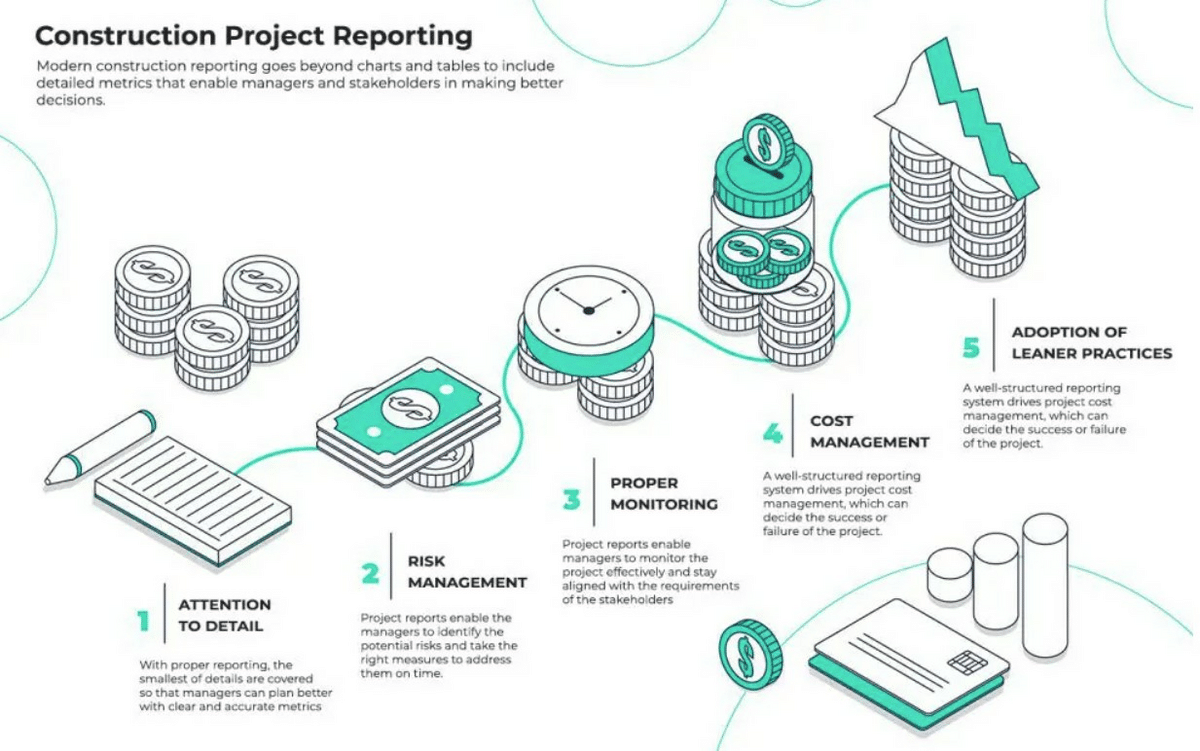
This data can provide a snapshot of how a project is meeting its milestones within a window of a few days at the most and in real time at the least.
Over weeks and months, the reports combined will show a long-term picture of how accurate the estimated cost was.
By tracking this information, companies can arrange for contingency funds and plans.
They play a part in providing actionable goals for team members, and are useful for forecasting losses and gains.
Sudden anomalies can indicate fraud or major errors, and show when it’s a good risk to scale up the operation.
Pinpointing losses allows project managers to adjust client or stakeholder expectations.
What Does a Typical Cost Report Include?
Typical cost reports vary according to the type of project underway and can undergo adjustment depending on what the decision makers would like to focus on.
While most cost reports follow the same format, it’s important to remain flexible and include changes if, for example, different data sets should appear, or if an alternate form of analysis is necessary.
Since each project is different, being ready for any potential adjustments is important.
Here’s a look at a sample cost report:

Cost reports are a balance between what has already happened in the project, and analytical projections about what might come.
They are a team effort that depend on honest and accurate reports from each sector of the project.
Most cost reports include the following:
- Legal fees
- Rent
- Sanitation
- Permit fees and agency costs
- Supplies
- Overtime
- Salaries
Sometimes in construction, unusual circumstances disrupt budgets and timelines.
Weather emergencies, supply chain problems, breakdowns, labor disputes, and regulatory complications can hold up a project.
Problems such as these can cause expensive equipment rental, overtime costs, and paying for expedited shipping.
Thorough construction cost reports include contract information for various aspects of the project, as well as more detailed information about the ways in which each line item contributes to the budget.
These items should then undergo appropriate adjustments for such items as cost fluctuations, management fees, and changes in insurance.
Types of Construction Costs to Report About
There are many different forms of construction costs. Anticipated costs, for example, are usually calculated using the following formula:
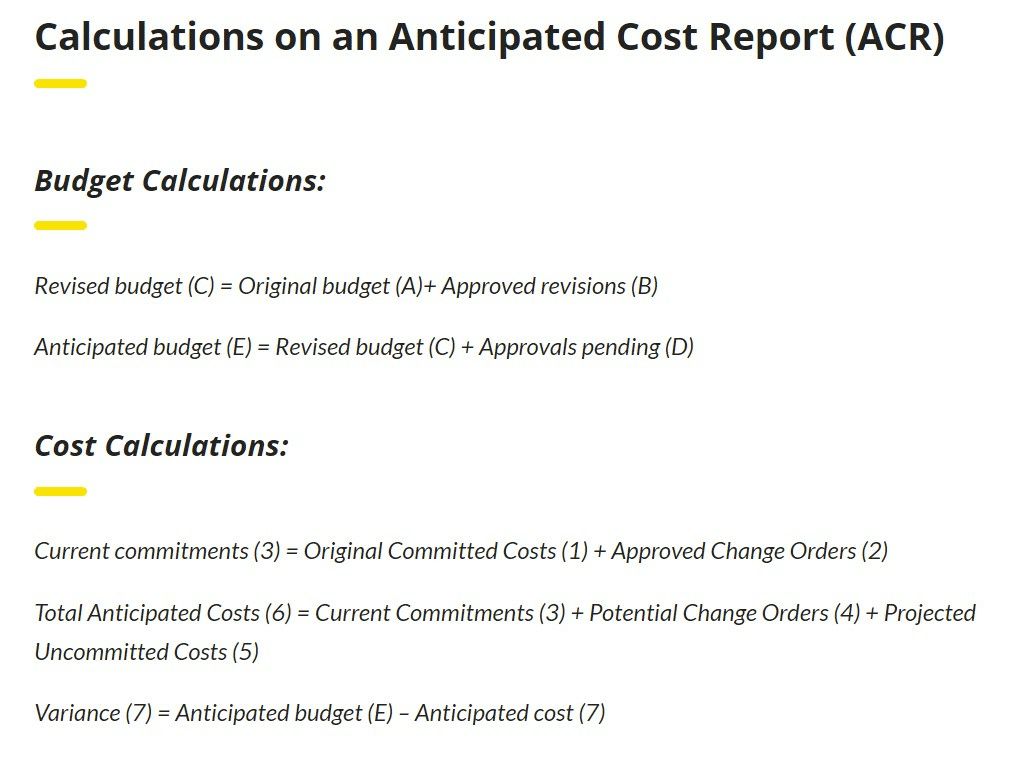
Another kind of cost is a fixed cost. This refers to a cost that was a one-time expenditure; it is not ongoing.
Examples of fixed costs include a purchase of a specific piece of machinery, a local regulatory fee, or real estate.
Time-related costs refer to an activity that takes place over a given amount of time.
These might include recurring costs that are sustained for a specific period, but not necessarily the entire project.
For example, if a company needs temporary office space for the final six months of an 18-month build, this time-related cost becomes part of the construction cost report while it is in use.
Quantity-proportional costs are, as the name states, quantity driven, and include materials, as well as direct and indirect costs. They vary depending on the phase of the project.
Direct costs consist of labor costs, equipment, and salaries for contractors. Indirect costs refer to administration costs, security expenses, and overhead charges.
Common Construction Cost Reporting Mistakes to Avoid
With so many details attached to construction costs, it’s easy to make mistakes.
One major problem is failing to ensure that decision makers and members of management understand not only what the items in the construction report are, but what analysis of this data means.
Ensuring that team members comprehend the data in construction reports from the beginning of the project will ensure informed decision-making.
Another mistake is seeing what the team wants to see in data, or acting with too much caution due to fear or short-term losses.
One way to avoid this is to use earned value management.
This form of analysis views schedules, costs, and baseline scope to avoid bias in data management and provide an objective view of the project’s progress.
With earned value management, stakeholders can see how the developments in the field measure up to the initial projections in terms of scope, scheduling and expenses.
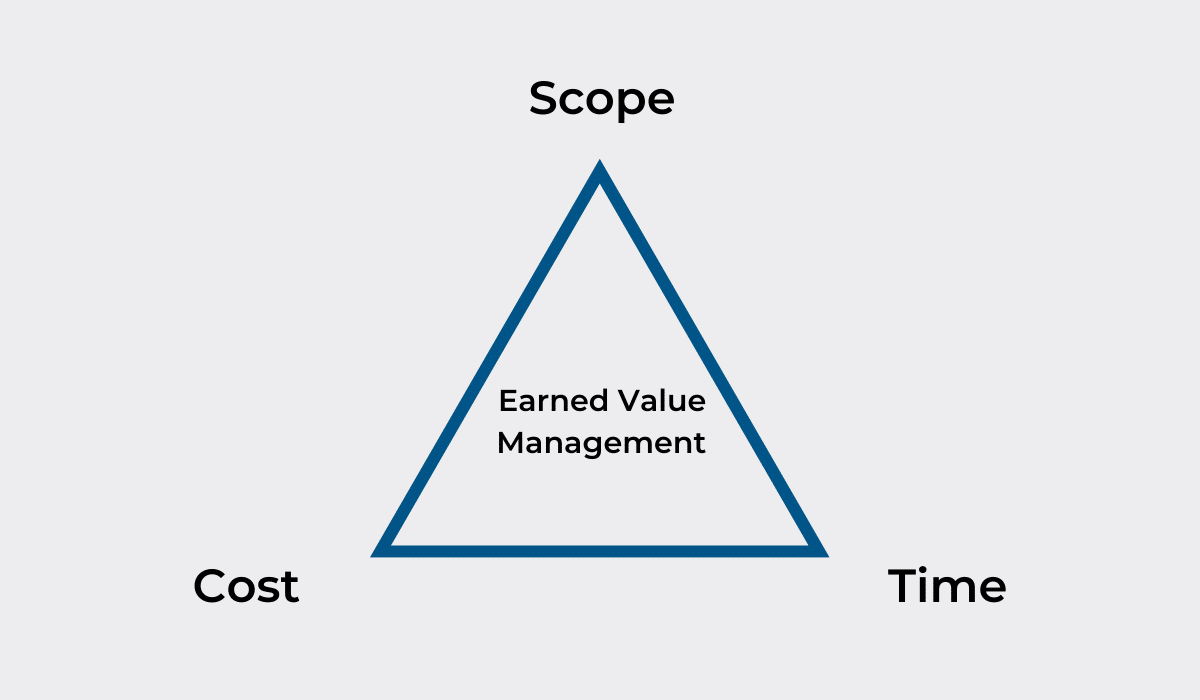
However, the process is not without its pitfalls.
Perhaps the most typically recurring problem with cost reporting in construction is using inaccurate data. Incorrect data might appear in the following forms:
- Delayed data: Numbers are too old to rely upon
- Missing data: One-time expenses, both large and small, not included in the report
- Estimation errors: Unforeseen costs balloon budgets, which are then not adjusted
- Numerical errors: Overall data suffers from minor numbers that are incorrectly entered or relayed.
Of all these common errors, maybe the most frustrating is the failure of decision makers, managers, and stakeholders to not only read the report, but also act on its information.
Ignoring the data and its analysis wastes valuable information and is a missed opportunity to stop inefficiencies, correct errors, or notice cost trends.
How to Improve Cost Reporting
The aforementioned common problems can creep into even the most tightly run operations. It’s also easy to become entrenched in long-running procedures.
They are comfortable and may have worked at one time, but improving cost reporting sometimes requires a different point of view.
One major step to improving cost reporting is to automate information flow. The best way to do this is to use an asset tracking software system such as GoCodes.
Specifically designed platforms such as this are scalable and work with scanning technology– even from a cell phone or tablet.
That makes human error in data entry far less probable. In addition, the data is easily and instantly available for analysis and reporting, as in the example below:
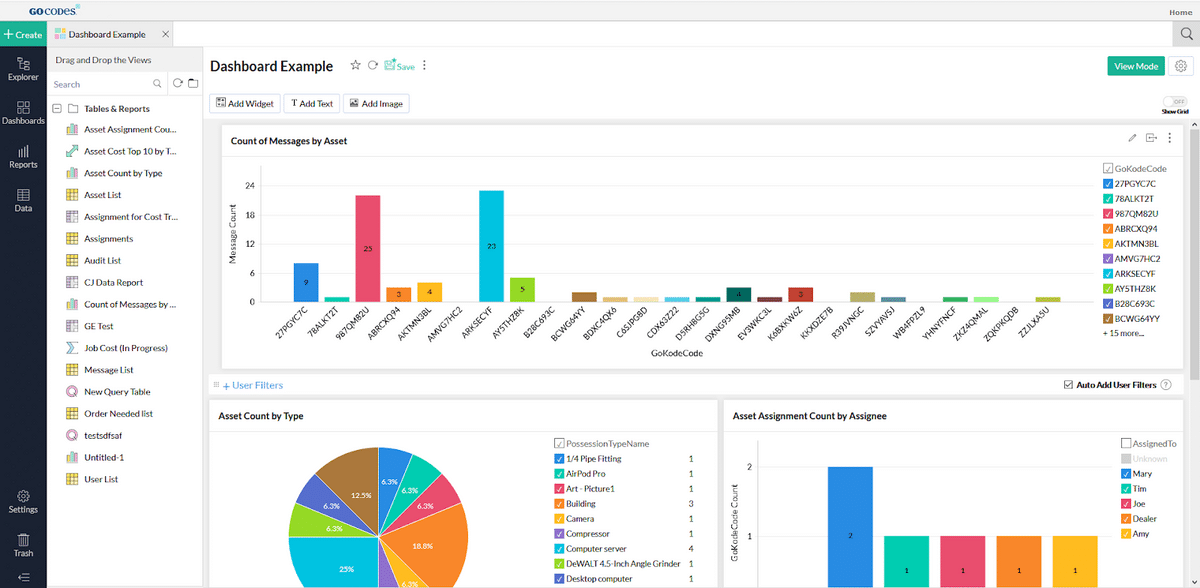
In addition to relying on asset scanning and data compilation, construction cost reporting is more easily streamlined if employees habitually fill out timesheets, capture information as necessary, and check equipment in and out.
Ensuring these procedures are clear and efficient can help create an accurate daily picture of construction costs.
Cost reporting also improves when the project team does not design or plan with the budget or its analysis in mind.
That means impressing upon clients that changing plans will alter costs and milestones, and that regular reviews of these numbers are necessary.
Conclusion
Cost reporting in construction is an important part of project management and construction design.
It helps to create and maintain a budget, as well as provide transparency for clients, stakeholders, and regulatory agencies.
Typical cost reports include appraisals, estimates,salaries, and rental fees. Construction costs include fixed costs, time-related costs, and overhead.
Missing items, incorrect estimates, and data errors are just some of the mistakes that can happen in construction cost reporting, but good training and streamlining, particularly through the use of asset tracking software can eliminate most of those mistakes.

